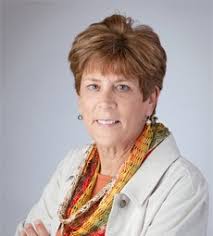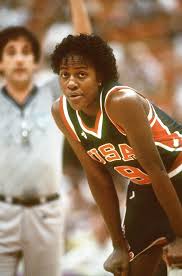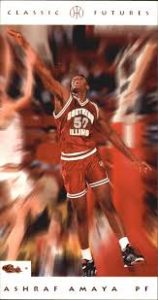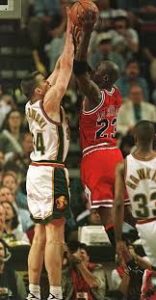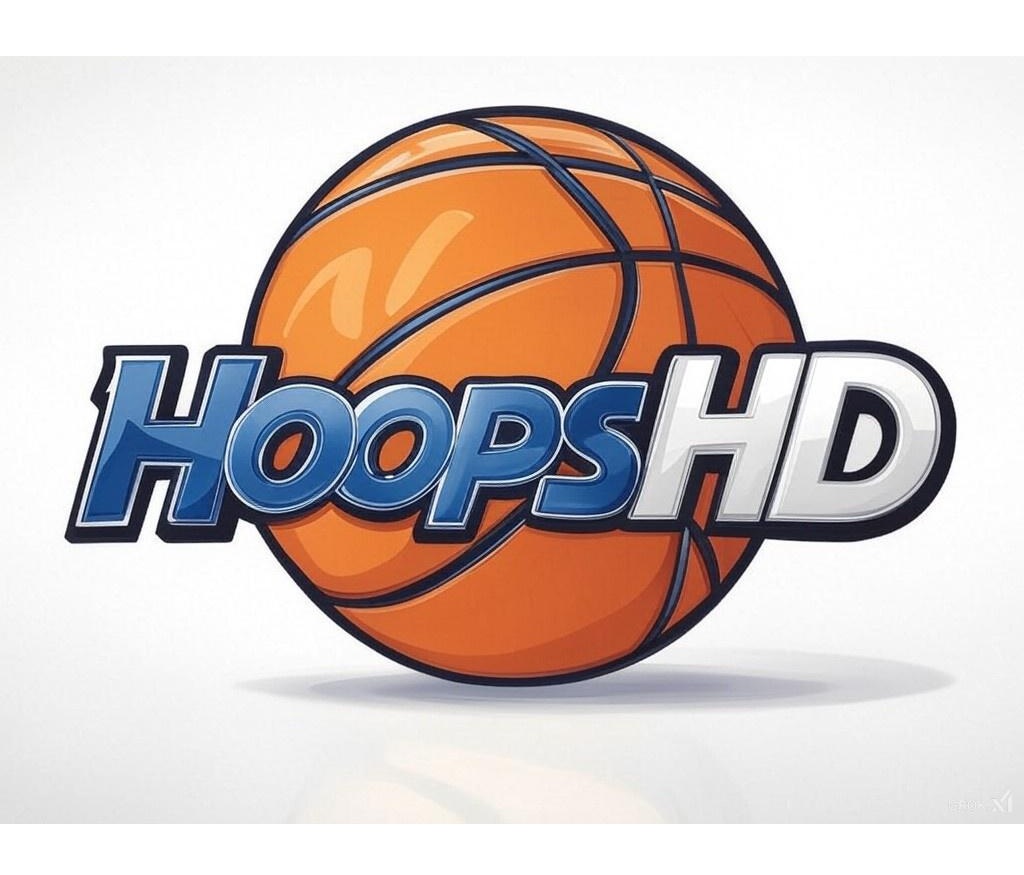The NBA Finals date back to 1947 (when they were known as the Basketball Association of America Finals) and the very 1st NCAA tourney was held in 1939. Olympic basketball competition is even older: it debuted as a demonstration event in 1904 and the men’s version became a medal sport in 1936, with the women finally getting their chance to go for the gold in 1976. The United States has dominated Olympic basketball competition from the start: the men have won 15 gold medals in the 18 tournaments they have participated in during the past 84 years, while the women have won 8 gold medals in of the 10 tournaments in which they have competed during the past 44 years. Those of you who were looking forward to the 2020 Olympics opening ceremonies in Tokyo on July 24, 2020 will have to wait an extra 364 days, as the coronavirus caused a postponement until July 23, 2021. Due to the absence of college basketball since mid-March, HoopsHD’s Jon Teitel decided to fill the void by trying to interview as many prior Olympic players/coaches as possible so that you have something to read this summer while not watching the Summer Games. We continue our coverage by chatting with 1988 Olympic gold medalist Susan Yow about her sister Kay winning a pair of gold medals in 1984/1988. Today marks the 18th anniversary of the day that Kay was elected to the Naismith Memorial Basketball Hall of Fame.
In addition to spending almost 35 years as basketball coach at NC State your sister Kay also coached volleyball/softball: how was she able to balance all of these different gigs? She started the volleyball/softball programs at both Elon and NC State, and she was also the Senior Women’s Administrator at NC State. She had played softball in the past so that was an easy transition for her but volleyball was a little tougher. A lot of coaches across the country back then coached multiple sports so it was not that unusual, but she was very good at it and had some great volleyball teams who made some regional tourneys. The volleyball coach at UNC Greensboro really mentored Kay in the fundamentals of volleyball.
In the summer of 1986 as coach of team USA at the inaugural Goodwill Games in Moscow the US had an 83-60 win over the host country: how big a deal was it to break the Soviet Union’s 28-year winning streak against international competition? It was really huge. It was also big for Kay on a personal level because she had coached an all-star team at Elon against the Russian national team…and we got clobbered by about 75 PTS! It kind of made up for that loss.
In 1987 she was diagnosed with breast cancer: what impact did that diagnosis have on her either on or off the court? Our mother had lymphoma surgery the previous year and Kay ended up having surgery in August. Her prognosis going into the surgery was very positive so we all thought that she would be able to recover. She handled it as well as anyone could and we just knew that she would coach in the Olympics.
In the 1988 Olympic gold medal game she coached the US women’s team to a 7-PT win over Yugoslavia: what did it mean to her to win a gold medal? She was an assistant to Pat Summitt for team USA at the 1984 Olympics and became head coach 4 years later. Sylvia Hatchell was Kay’s top assistant and I was her other assistant. Sylvia and Kay spent the previous 3 summers coaching the US national team and worked very well together. We beat Yugoslavia in pool play fairly handily but Kay thought that the rematch would be closer. Anne Donovan was a player on that team but had not played a lot during the tourney. We were trailing in the gold medal game when Kay decided to put Anne in after consulting with Sylvia. Anne really turned the game around for us and gave us a lot of confidence. It allowed her to end her USA basketball career on the highest note possible with a gold medal.
On December 8, 1990 Rhonda Mapp scored 32 PTS in a 137-65 win over Western Carolina to set an ACC team scoring record that still stands today: was it just a situation where every shot that the team put up seemed to go in because they were all “in the zone”? I do not remember that game because I was coaching elsewhere but December 8th is our mother’s birthday. Kay had a great team that year and I thought they were capable of going to the Final 4.
In 2002 she was inducted into the Naismith Hall of Fame: where does that rank among the highlights of her career? I do not think that Kay ever imagined setting that as a goal after graduating as an English major! It was a total shock to her and another great culmination to her coaching career. She was later inducted into the FIBA Hall of Fame as well. She understood the significance of it and was very humbled.
In the 2007 NCAA tourney Khadijah Whittington had to sit out part of the 1st half due to nausea/dehydration but returned to score a career-high 23 PTS in a 6-PT OT win over Baylor: what was it like to face Baylor coach Kim Mulkey (who played PG on the 1984 US Olympic team for which Kay was an assistant)? She always had high regard for Kim dating back to her playing days at Louisiana Tech and knew what a great competitor she was. She was very respectful of Kim’s teams and they had both had tremendous admiration for each other. It sharpened Kay and made her team better.
Your sister Debbie was the Athletic Director at Maryland/NC State/St. Louis and you were an All-American player for Kay before becoming a coach at several different D-1 schools: how did 1 family turn out 3 women who played such a huge role in college sports? We get that question a lot but I do not really know the answer. Sports was always on our TV at home: before the days of cable it was mostly baseball on Saturdays and NFL on Sundays. Both of our parents played sports during high school and enjoyed it. Both sides of our family were very athletic and our parents just had the right pool of genes: we also had a brother who went to Clemson on a football scholarship. Our parents did not coach us and when I came home my dad would never ask me if I was working out or practicing: we just all had a passion for it. Debbie and I never thought about coaching early on so we really followed in Kay’s footsteps. The only female sport we had in our county was basketball: we would play doubleheaders with the boys in packed gyms.
The Kay Yow Cancer Fund was founded in 2007: what have they been able to accomplish so far? They have done remarkably well and raised an astronomical amount of money in a short amount of time. We have had 2 executive directors who have both done a great job. Our next challenge is continuing to grow the foundation and raise some more money for research. Every year we give a $100,000 grant to fund cancer research in the city where the Final 4 is played.
She passed away in 2009: when people look back on her career, how do you think she should be remembered the most? Here in North Carolina she will always be recognized as a great coach. She only went to 1 Final 4 but she is so well-known locally. I also know that she was a great person who had time for everyone because she enjoyed people: she never put a label on people and appreciated them for who they were. She was very kind and genuine and known more nationally for being a great person rather than a great coach.


